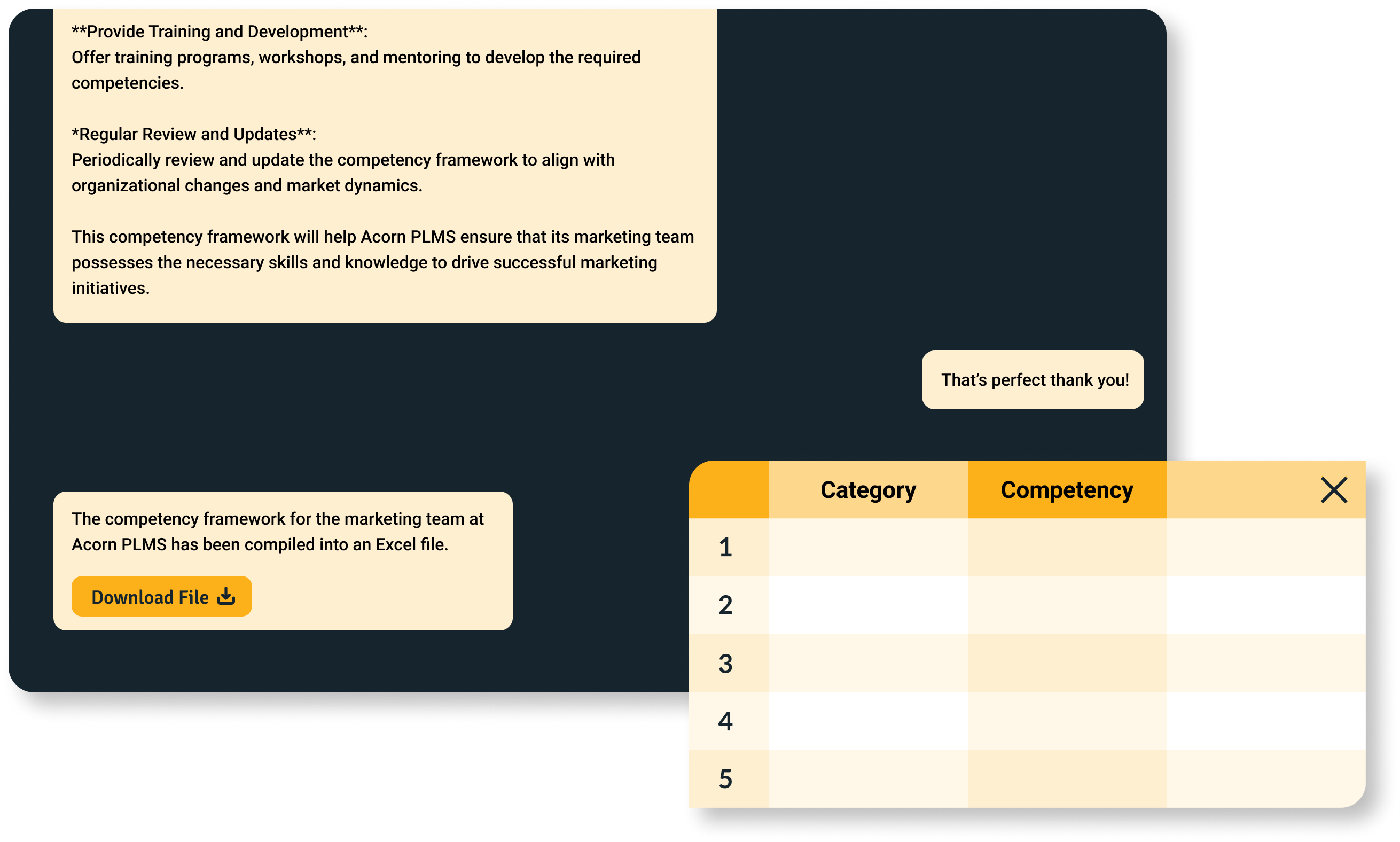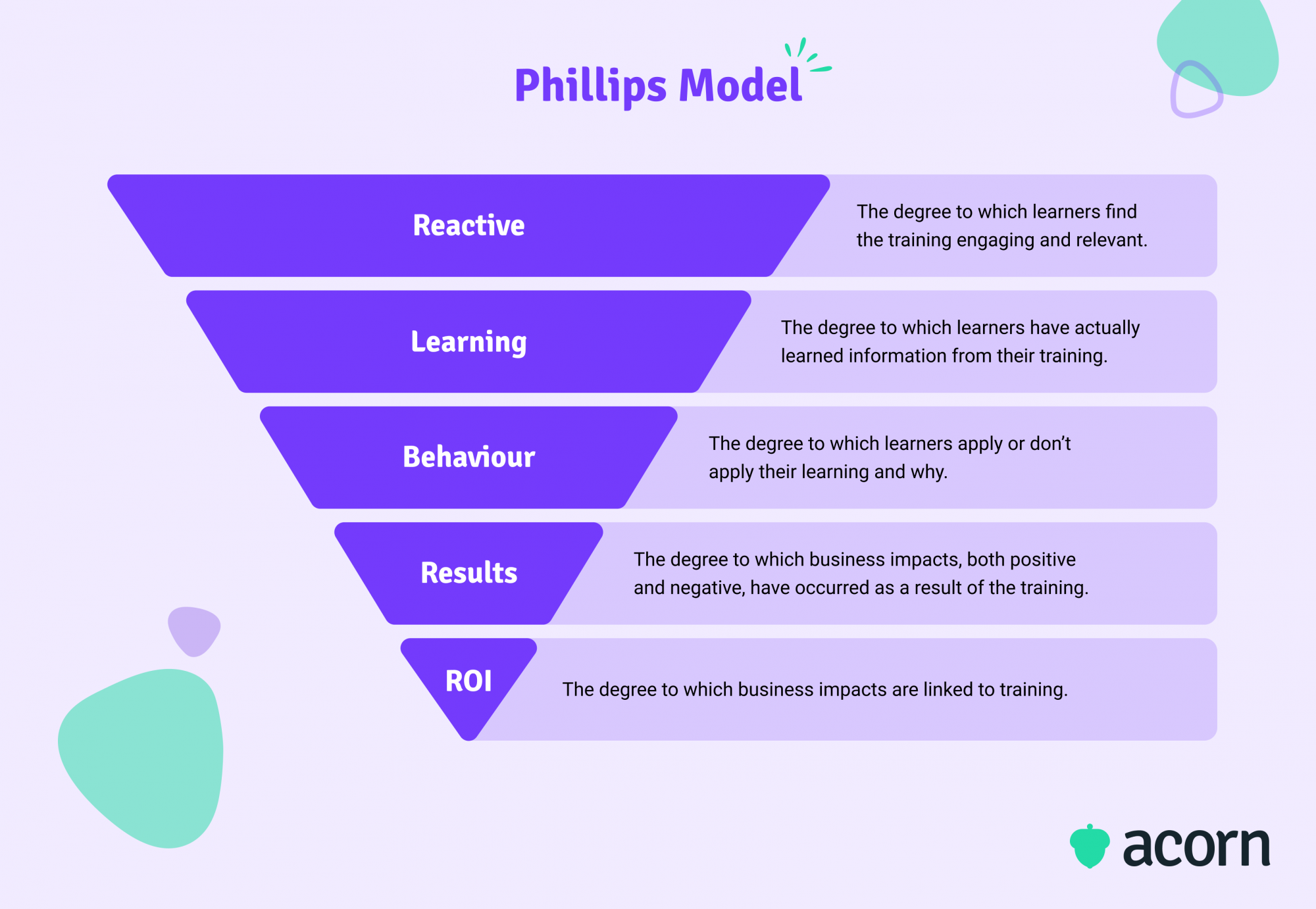How to Conduct a Capability Gap Analysis for Organizational Development
Reading Time:

Lead the pack with the latest in strategic L&D every month— straight to your inbox.
SubscribeFuture-proofing your organisation depends on knowing whether your workforce can actually deliver on strategy.
That’s where a capability gap analysis comes in.
Without it, you’re flying blind: investing in training that doesn’t move the needle, misallocating resources, or missing the leadership bench strength you need. With it, you can see exactly where your current capabilities fall short of what the business needs, and make informed decisions that boost performance and resilience.
What is a capability gap analysis?
A capability gap analysis is a structured process that evaluates the difference between the capabilities your organization needs and the capabilities it currently has. The goal of a gap analysis is to identify the difference between today’s state and tomorrow’s goal, so you can diagnose the causes and design interventions that close the gaps.
Why is it important to analyze capability gaps?
Analyzing capability gaps isn’t an HR “nice-to-have.” It’s one of the few tools that tells you whether your workforce can actually execute on strategy. Without it, you’re making blind investments in training, talent, and technology, hoping against hope they line up with business needs (never a good look when you’re talking to execs). But with it, you have a clear diagnosis of where performance will falter unless action is taken.
A capability gap analysis gives you the data for:
- Strategic alignment. Capability gaps show you where the business is at risk of missing its objectives. For example, if digital transformation is a core priority but “AI Literacy” scores at a Foundational level across the workforce, that’s a red flag for execution risk.
- Resource optimization. Budgets and talent are finite. A gap analysis helps leaders direct scarce resources to the few capabilities that will have an outsized impact, instead of spraying investment thinly across initiatives with little ROI.
- Talent development. L&D programs often get dismissed as “tick-the-box” exercises, because they’re not tied to performance. A capability gap analysis pinpoints exactly where development will change outcomes, turning learning from overhead into a growth lever.
- Succession planning. Future leaders aren’t just missing titles; they’re often missing critical capabilities. A gap analysis makes visible whether your leadership bench is ready, or whether you’ll face costly delays and disruption when roles open up.
- Performance uplift. Perhaps most importantly, a gap analysis creates a baseline for performance improvement. It shows whether interventions are closing gaps, accelerating productivity, and lifting the business’s ability to deliver at scale.
How to do a capability gap analysis
First off: A capability gap analysis isn’t about ticking off steps on a checklist. It’s about creating a repeatable process that links strategy to action. Done well, it gives you a clear picture of where performance will stall if nothing changes and a prioritized roadmap for development.
There are five core steps. Each builds on the last to move from diagnosis to action—starting with defining the future you need, measuring where you are today, and then building the bridge between the two.
- Evaluating your desired state
- Analyzing your current situation
- Finding the gaps
- Developing an action plan
- Implementing and monitoring progress.
Step 1: Evaluate your desired state
The first step is to evaluate your “desired state” by defining the capabilities the organization needs to deliver on strategy. This means:
- Clarifying business objectives
- Identifying the capabilities required to achieve them
- Setting target proficiency levels for each capability.
For example: If expansion is a strategic goal, your desired state may require:
- Workforce Planning at a Strategic level in the HR and People function.
- Customer Management at an Advanced level within the Sales and Customer Success functions.
- Regulatory Compliance at an Advanced level in the Legal or Risk functions.

Not sure where to start? Try our Capability Assistant to quickly baseline the capabilities your roles and teams need.
BUILD YOUR FRAMEWORKStep 2: Analyze your current situation
It’s impossible to close gaps if you don’t know where you stand today. Step 2 is about building a clear, objective picture of current capability across your workforce—not just assumptions from managers or HR.
Capability assessments provide the insight you need here. You want to collect data from multiple perspectives for a holistic view of capability.
- Self-assessments give employees a sense of ownership and highlight confidence levels
- Peer assessments add a horizontal view, revealing how teammates perceive capability in action, day-to-day
- Manager assessments bring vertical oversight and team-level objectivity
- Expert assessments are critical for specialist roles, where technical depth or judgment calls matter most.
The combination creates a 360-degree view that reduces bias and surfaces gaps you might otherwise miss. Use a proficiency scale (e.g., Foundational → Proficient → Advanced → Expert) to establish a consistent baseline across all roles and functions.
Step 3: Identify your gaps
This is where the real insight appears. Laying today’s baseline against tomorrow’s desired state reveals the gaps, and more importantly, why they exist.
Ask what’s driving each gap:
- Insufficient training?
- Outdated processes?
- Lack of technology or tools?
- Leadership bottlenecks?
- Poor role design?
For example: A business might find that while employees are strong in Stakeholder Engagement, they lack Data Analysis. The issue might not be individual ability, but insufficient access to analytics tools or data quality.
Step 4: Develop an action plan
Not every gap deserves the same attention. Some are mission-critical; others can wait. Here’s where you translate your findings into a prioritized roadmap for investment, training, and structural change.
Depending on what your analysis found, you could be looking at new:
- Learning programs such as development pathways, coaching, or mentoring
- Process improvements like redesigning workflows or governance structures
- Technology enablers, such as introducing tools or upgrading existing systems
- Leadership development, ensuring managers and executives have the capabilities to guide teams through change and model desired behaviors
- Role design, reshaping responsibilities or structures so that capabilities are clearly aligned to work and not undermined by outdated job definitions.
Example: If Risk Management emerges as a high-risk gap, you might pair targeted development programs with upgraded compliance processes and stronger governance.
Step 5: Implement and monitor progress
A gap analysis is only as valuable as the changes it drives. Implementation isn’t the end—continuous monitoring shows whether interventions are actually closing gaps and moving the business forward.
The key to winning leadership approval is using metrics that matter, like:
- Increases in proficiency and behavioral change, tracked via reassessments
- Performance improvements tied to business outcomes, such as reduced project overruns or higher customer satisfaction
- ROI of training investments, using models like Phillips ROI, which moves from employee reaction through to financial impact.
At this stage, we’re not talking about completion rates, here—this is about proving the ROI of your interventions. There are a number of L&D metrics you can use to measure the effectiveness of capability building, but if you want to cut straight to the chase of ROI (that is, the monetary value you get back from training-driven performance), look no further than the Phillips Model of training evaluation.

It comes in five levels:
- Reaction. This level focuses mainly on measuring the reactions of employees to their training programs
- Learning. This determines whether the knowledge and behaviors learned in training have been retained, which can be determined by an increase in knowledge, change in attitude, or improvement in skills.
- Behavior. This level includes tracking morale, engagement, and motivation, as well as understanding the environmental aspects that may be helping or hindering the retention of learning
- Results. The stage at which all outcomes in the business, both positive and negative, are taken into account. This can include things like increased sales since closing sales capability gaps, but it can also include decreased customer satisfaction since training took place.
- ROI. This is where you link training and business results by measuring the direct and indirect costs of training, including implementation costs, time, and resource development costs.
The business impacts of not doing a capability gap analysis
The biggest, most obvious impact of not using capability gap analyses is that you won’t have a clear understanding of where your organization’s skills, knowledge, processes, tools, and behaviours fall short of strategic objectives, which snowballs into a multitude of other problems.
- Strategic misalignment: You can’t see whether workforce capabilities map to strategy, which leaves leaders making decisions in the dark. In our latest State of L&D Report, only 43% of executives said their workforce development efforts were clearly aligned with business priorities—and those organizations underperformed on growth compared to their peers.
- Wasted resources: Training budgets get swallowed by irrelevant programs with little ROI. The same report found that 62% of L&D leaders admit they struggle to demonstrate business impact because they lack capability data to justify spend.
- High turnover: Employees leave when they don’t see meaningful development opportunities. Our research showed 71% of employees who reported low visibility into career development also reported low engagement, a leading predictor of attrition and turnover. (In fact, 2 out of 3 employees quit within their first year on the job if they don’t get what they want or need for their careers.)
- Lower productivity: Teams fall short of performance expectations because they lack the right capabilities, leading to project overruns, missed targets, and inconsistent delivery.
- Reduced resilience: Your org will struggle to respond to change if they don’t know what they’re missing. Without visibility of gaps, leaders are stuck reacting after the fact, not adapting in advance, and HR’s poor reputation will be hard to change.
The absence of capability data isn’t neutral. It’s literally holding your business back.
Key takeaways
A capability gap analysis helps organizations:
- See where workforce capabilities fall short of strategic needs
- Prioritize which gaps to close based on impact and risk
- Design targeted actions that cover people, process, and technology
- Track progress over time to ensure interventions deliver ROI.
The process is straightforward:
- Evaluate your desired state
- Analyze your current state
- Identify the gaps
- Develop an action plan
- Implement and monitor progress.
Done well, it’s not just an HR process—it’s a diagnostic that ensures your workforce can deliver on strategy, now and in the future.